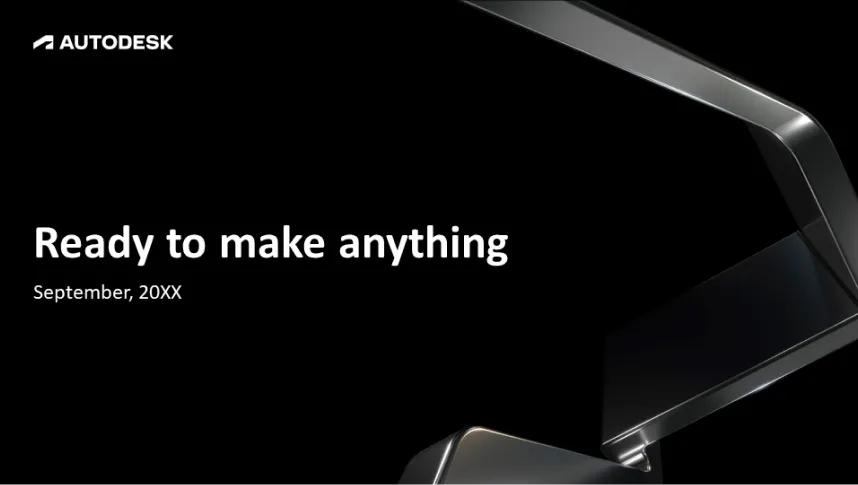
Creating a 3D cube in PowerPoint can add a dynamic and visually engaging element to your presentations. PowerPoint provides built-in tools that allow you to create 3D shapes and customize them. Here’s a step-by-step guide on how to create a 3D cube:
Method 1: Using Basic Shapes and 3D Rotation
This method uses the basic rectangle shape and PowerPoint’s 3D format options to create a cube.
Step 1: Insert a Square Shape
- Insert a Rectangle:
- Go to the Insert tab.
- Click on Shapes and choose the Rectangle (or a perfect square).
- Hold down the Shift key while drawing the rectangle to create a perfect square.
Step 2: Duplicate the Square
- Duplicate the Shape:
- Right-click the square and choose Copy and then Paste, or simply press Ctrl+D to duplicate the square.
- Now you have two identical squares.
Step 3: Position the Squares
- Align the Squares:
- Move the second square slightly upward and to the right so that it overlaps the first square, creating the appearance of a cube with two visible sides.
Step 4: Draw the Connecting Lines
- Insert Lines:
- Go to the Insert tab, click Shapes, and choose the Line tool.
- Draw lines connecting the corresponding corners of the two squares (top-left to top-left, top-right to top-right, etc.).
- Hold down the Shift key while drawing to keep the lines straight.
Step 5: Group the Shapes
- Group the Cube:
- Select both squares and the connecting lines (hold down Shift and click each element).
- Right-click and choose Group > Group to combine all the elements into one 3D cube shape.
Step 6: Add 3D Effects (Optional)
- Add 3D Format:
- Click on the grouped shape.
- Go to the Shape Format tab, click Shape Effects, and choose 3D Rotation. You can select from several preset 3D rotations or customize the rotation for a more realistic cube effect.
Method 2: Using PowerPoint’s 3D Models
PowerPoint has built-in 3D models, including cubes, that you can insert and customize.
Step 1: Insert a 3D Model
-
Go to 3D Models:
- Go to the Insert tab.
- Click 3D Models and choose either From Online Sources or This Device (if you have a 3D model saved).
-
Search for a Cube:
- If you choose From Online Sources, a window will pop up where you can search for “Cube.” Select a cube and click Insert.
Step 2: Position and Customize the 3D Cube
-
Resize and Rotate the Cube:
- After inserting the cube, click and drag its corner handles to resize it.
- Use the 3D rotation handle (a circular icon around the model) to rotate it in 3D space.
-
Customize the Cube’s Appearance:
- Select the cube and go to the Format 3D Model tab.
- Here, you can adjust the rotation, lighting, and 3D effects for your cube. You can also change its color or add texture.
Method 3: Using SmartArt (for a Stylized Cube)
PowerPoint also allows you to create a stylized 3D cube using SmartArt.
Step 1: Insert SmartArt
- Insert SmartArt:
- Go to the Insert tab and click SmartArt.
- In the SmartArt dialog box, choose Pyramid or similar layouts under the Hierarchy category.
Step 2: Convert to 3D
- Convert Pyramid to 3D:
- Once you insert the pyramid or similar shape, select it.
- Go to the SmartArt Design tab, and click Convert to Shapes in the Reset group.
- Now, you can format each part of the pyramid individually.
Step 3: Add 3D Rotation and Depth
- Add 3D Rotation:
- Select each part of the shape.
- Go to the Format Shape pane, and under 3D Rotation, choose a 3D preset or customize it using the X, Y, and Z rotation options.
- Add Depth:
- In the Format Shape pane, under 3D Format, adjust the Depth to give each section more volume, creating a cube-like appearance.
Method 4: Using 3D Shapes from Icons
PowerPoint includes some 3D shapes as part of the built-in icon library.
Step 1: Insert an Icon
-
Go to Icons:
- Go to the Insert tab, click Icons.
-
Search for Cube Icons:
- Search for cube or block to find icon representations of cubes.
- Insert the icon into your slide.
-
Customize the Icon:
- After inserting the cube icon, resize and position it. You can also change its color using the Graphics Format tab.
Additional Tips for Creating 3D Cubes in PowerPoint
- Color and Fill: To make your 3D cube visually appealing, adjust the Shape Fill and Shape Outline for each face of the cube to simulate lighting and depth.
- Add Shadows: You can enhance the 3D effect by adding shadows to the cube. Select the shape, go to the Format Shape pane, and choose Shadow under the Effects options.
- Lighting and Depth: Customize lighting and depth settings under 3D Format to give the cube more realism.
- Perspective: If you’re creating a complex 3D design, consider adding perspective to your shapes to make them look more dynamic and realistic.
By following these methods, you can create a 3D cube in PowerPoint that will enhance your presentation design, making it more visually engaging and dynamic.
View Our Presentation Portfolio










